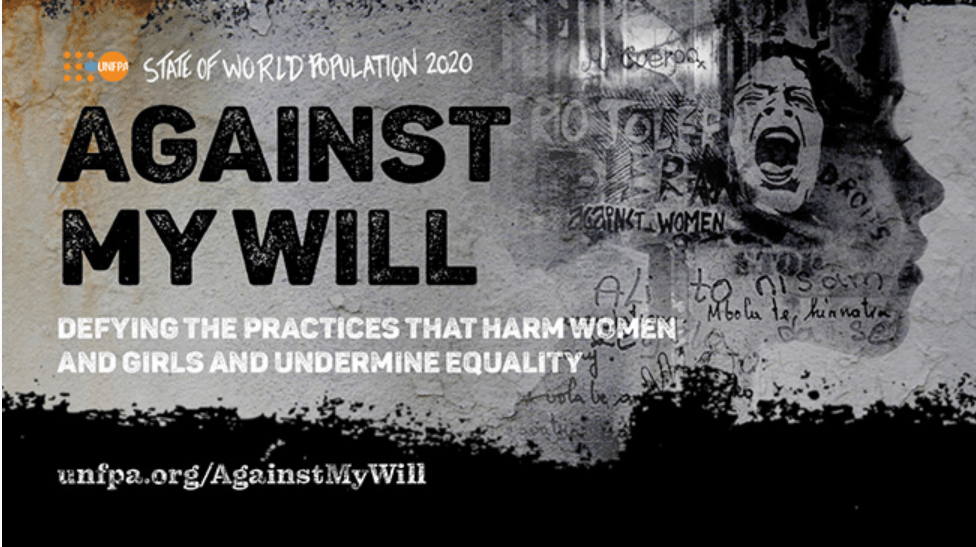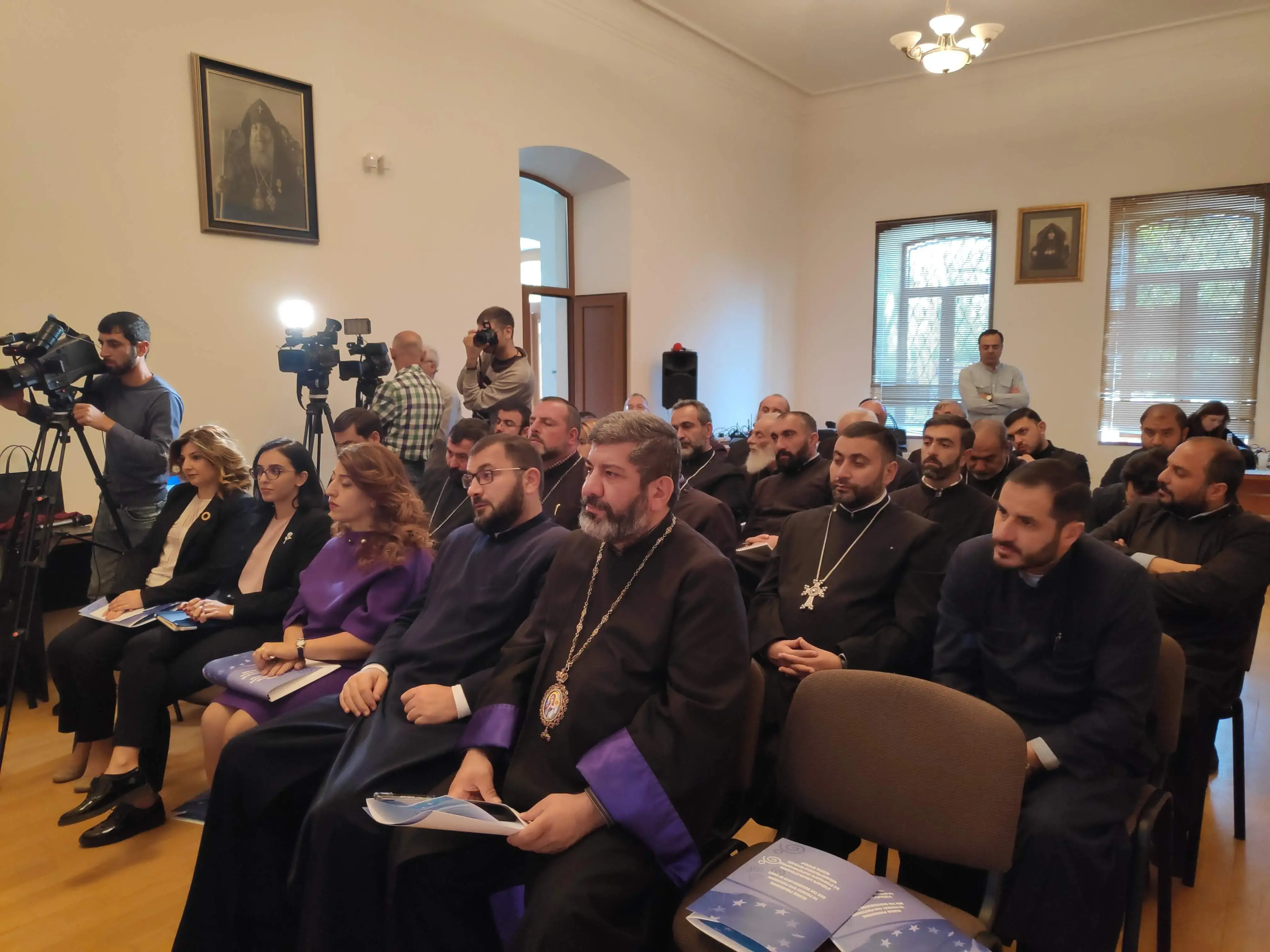Gender inequality and negative attitudes about women and girls drive harmful practices.
- One survey in countries where 80% of the world’s population live found that 9 in 10 people have some bias against women. (p. 11)
- More than 140 million women are considered missing today as a consequence of gender-biased and post-natal sex selection. (p. 59)
Some 200 million girls and women alive today have undergone some form of genital mutilation.
Countries with high rates of female genital mutilation:
- Egypt: 92% of women who are or have ever been married have been subjected to FGM. (p.92)
- Djibouti, Guinea and Mali: 90% or more women have been subjected to FGM. (p.70)
- Indonesia: 49% of girls aged 11 or younger have been subjected to FGM. (p.70)
Around the world, about one in five children is married.
- Two in five children are married in West and Central Africa - the world’s highest rate. (p.97)
- One in three children is married in East and Southern Africa. (p.97)
- One in four girls is married or in an informal union in Latin America and the Caribbean. (p.97)
Harmful practices happen in industrialized countries too.
- As many as 1,600 girls in Ireland, 1,300 girls in Portugal and 11,000 girls in Sweden may have been subjected to FGM in 2011. In the United States, 513,000 girls were at risk of, or had been subjected to, FGM in 2012. (p.70, 73)
- Between 2000 and 2005, more than 200,000 children were married in the United States. (p.102)
Education is a powerful tool in eliminating harmful practices.
- In 15 sub-Saharan African countries, each additional year of secondary school significantly reduced the chance of child marriage and childbirth under the age of 18. (p.111)
- In India: (p.100)
- 51% of girls with no education are married by age 18
- 47% of girls with only a primary education are married by age 18
- 29% of girls with only a secondary education are married by age 18
- 4% of girls with a post-secondary education are married by age 18
Harmful practices impact girls and women, communities, and countries’ development.
- In just 12 countries where child marriage is prevalent, the loss of human capital would come to $63 billion between 2017 and 2030, much more than these countries received in official development assistance. (p.96)





